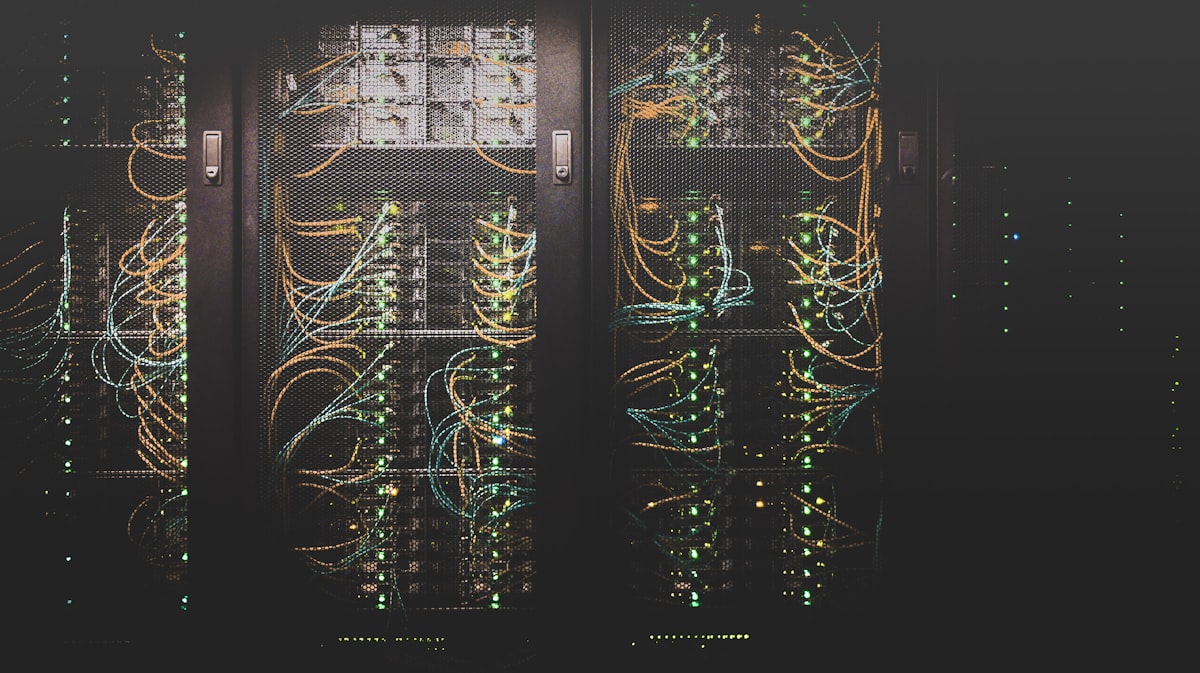Kubernetes Cost Optimization — 2025 Edition
Published: November 23, 2025 — Logicwerk Cloud, Platform Engineering & FinOps Practice
Kubernetes powers most modern cloud platforms, but it also drives some of the highest and most unpredictable costs in enterprise cloud spending.
In 2025, as AI workloads, microservices, and multi-cluster architectures become the norm, optimizing Kubernetes costs is no longer optional — it’s a competitive necessity.
This guide outlines 12 proven tactics used by high-performing cloud teams to cut Kubernetes spend by 30–70% while improving reliability and performance.
Why Kubernetes Costs Are Rising in 2025
Enterprises are seeing ballooning K8s bills due to:
- Over-provisioned CPU/memory requests
- Idle GPU and inference workloads
- Excessive horizontal autoscaling
- Unoptimized node pools
- Duplicate environments (dev/stage/test)
- Persistent volumes with no lifecycle policies
- Chatty microservices causing network egress costs
- Multi-cloud & multi-region redundancy overhead
Without proper FinOps, Kubernetes becomes one of the biggest cost drivers in cloud budgets.
12 Proven Strategies for Kubernetes Cost Optimization (2025)
1. Right-Size CPU & Memory Requests
Most workloads request 2–4× the resources they actually use.
Use:
- Vertical Pod Autoscaler (VPA)
- Karpenter
- Goldilocks
- OpenCost metrics
Right-sizing alone can reduce cost by 30–50%.
2. Use Cluster Autoscaler + Karpenter
Karpenter optimizes node provisioning dynamically:
- Faster scaling
- Better bin-packing
- Lower unused capacity
Perfect for both general workloads and AI inference nodes.
3. Use Spot/Preemptible Nodes (Where Safe)
Move non-critical workloads to:
- AWS Spot
- GCP Preemptible
- Azure Low-Priority
Savings: up to 70–90%.
4. Turn Off Idle Environments
Most enterprises run:
- Dev
- QA
- Staging
- UAT
…24/7 unnecessarily.
Automate nightly shutdowns.
5. Reduce Unused Persistent Volumes
A major hidden cost source.
- Automate deletion of old PVCs
- Add TTL policies
- Use snapshots instead of large retained volumes
6. Optimize GPU Workloads
AI inference jobs often waste GPU hours.
Do this instead:
- Use GPU sharing (NVIDIA MIG)
- Autoscale GPU nodes
- Use smaller GPU profiles for non-critical workloads
- Batch inference jobs
GPU optimization → 40–60% savings.
7. Implement Pod Disruption Budgets & Efficient HPA
HPAs often cause over-scaling due to misconfigured thresholds.
Fix by:
- Adjusting CPU/memory targets
- Adding custom metrics (latency, queue depth)
- Setting sane PDBs to avoid cascading restarts
8. Container Image Optimization
Large images = expensive compute + slow scaling.
Improve by:
- Multi-stage builds
- Minimizing base images
- Using distroless containers
- Removing unused libraries
9. Reduce Network Egress Cost
Overly chatty microservices increase:
- Cross-AZ egress
- Cross-region replication
- Cloud-provider bandwidth fees
Solutions:
- Local caching
- Service mesh rate limiting
- Consolidated APIs
10. Use K8s Cost Monitoring Tools
Adopt real-time cost visibility with:
- OpenCost
- Cloud provider cost dashboards
- Grafana/Loki telemetry
- Logicwerk FinOps dashboards (custom)
Cost visibility → cost accountability.
11. Scale Stateless & Stateful Workloads Independently
Group workloads by:
- Criticality
- Scaling characteristics
- Latency tolerance
Use node pools optimized per workload type.
12. Clean Up Zombie Resources
Regularly delete:
- Unused services
- Dangling load balancers
- Dead namespace resources
- Old CRDs
- Abandoned Helm releases
Zombie clean-ups often save thousands per month.
Combined Impact: What Teams Achieve in Practice
Enterprises applying these optimizations typically see:
- 30–70% lower Kubernetes spend
- Faster scaling
- More predictable budgets
- Improved reliability & latency
- Higher cluster utilization efficiency
Kubernetes becomes not only cheaper — but faster and more stable.
Frequently Asked Questions
What is the #1 cause of Kubernetes overspend?
Over-provisioned CPU/memory requests.
How often should teams run cost optimization reviews?
Monthly for active workloads, quarterly for platform-wide review.
Can AI workloads run efficiently on Kubernetes?
Yes — when using GPU autoscaling, batching, and optimized inference routing.
Is Karpenter better than Cluster Autoscaler?
Yes, for dynamic provisioning and complex workloads.
Final Thoughts
Kubernetes is powerful, but without active cost optimization, it becomes expensive fast.
By implementing right-sizing, better autoscaling, workload segmentation, monitoring, and GPU optimization, organizations can dramatically lower costs while improving performance.
Kubernetes optimization isn’t a one-time project — it’s a strategic capability.
Optimize Kubernetes Spend with Logicwerk
Logicwerk helps enterprises implement:
- K8s cost optimization frameworks
- Karpenter + GPU autoscaling
- FinOps dashboards with per-team cost allocation
- AI-optimized cluster scaling
- Enterprise-grade Kubernetes governance
👉 Book a Kubernetes cost assessment:
https://logicwerk.com/contact
👉 Learn more about Logicwerk Cloud & DevOps
https://logicwerk.com/
